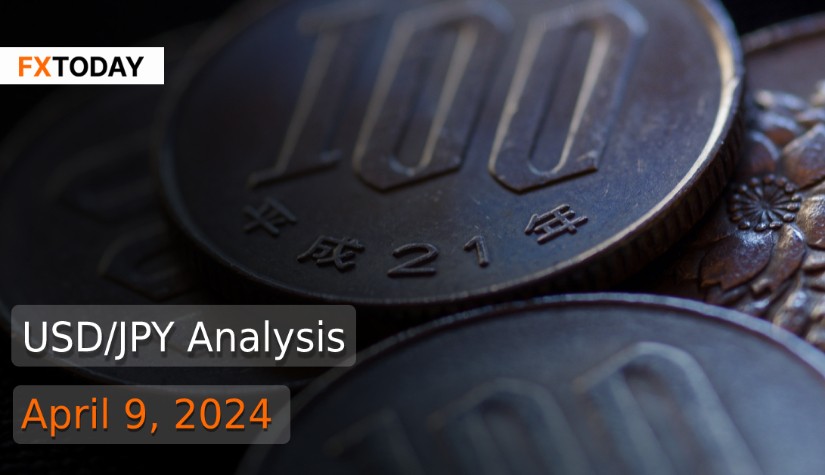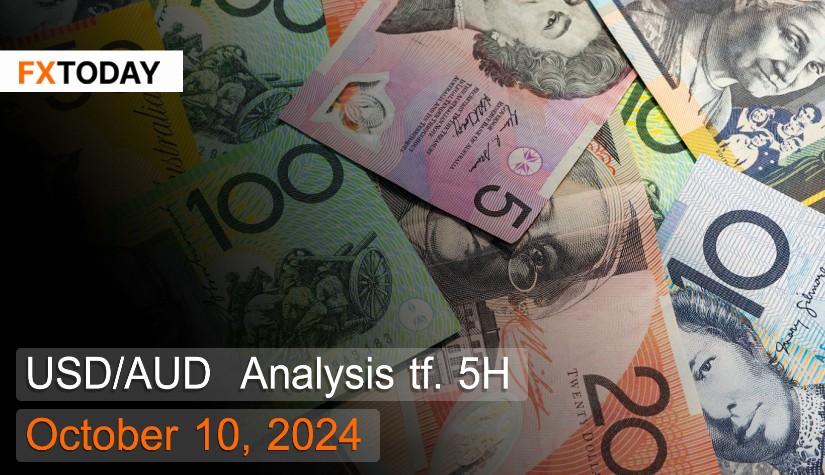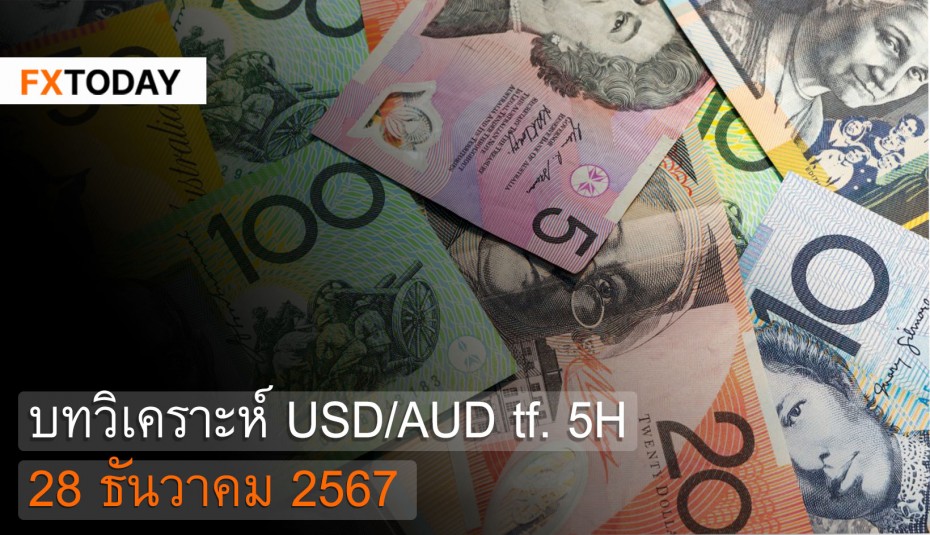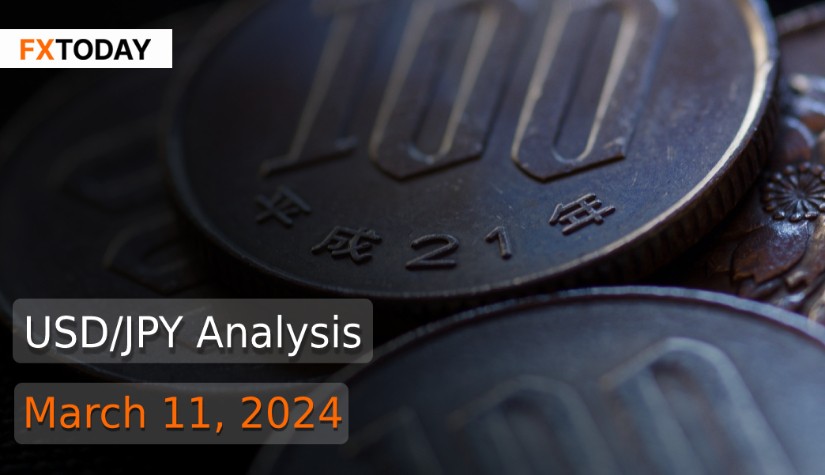Yen Weakens Amid Declining Real Wages
The yen weakened as Japanese workers experienced a continued decline in real wages for the 23rd month in a row, indicating pressure from higher prices on consumer spending. Finance Minister Shunichi Suzuki warned that Tokyo is prepared to take action against the yen's sharp decline, which has prevented the dollar from surpassing the 152 yen mark. Prime Minister Fumio Kishida emphasized the government's commitment to stabilizing the yen's value through intervention in the market.
In February, Japanese household spending dropped by 0.5% compared to the previous year, marking the 12th consecutive month of decline. Conversely, the service sector in Japan experienced rapid expansion in March, reaching its highest pace in seven months. This growth was primarily driven by strong demand from inbound tourism, which boosted confidence in new business ventures.
However, in March, Japan's service-sector sentiment decreased due to rising living costs and adverse weather conditions, raising uncertainty about the timing of potential interest rate hikes. Bank of Japan Governor Kazuo Ueda hinted at a possible rate hike in the coming months, citing expectations of accelerating inflation driven by significant wage increases. Despite challenges such as declining real wages, Japanese firms have agreed to substantial wage hikes this year, the largest increase in over three decades.
Japan's current account surplus extended to a 13th consecutive month in February, driven by a narrowing trade deficit and increased demand for exports such as cars and plastics. Primary income gains from overseas investments also contributed to Japan's surplus.
The Bank of Japan revised down its economic assessment for most regions but expressed confidence in the broadening of wage hikes, hinting at the potential for another interest rate hike despite the country's persistently low rates. The central bank's quarterly report highlighted expectations of smaller firms matching or surpassing last year's wage increases following substantial hikes by larger companies. However, recent economic indicators paint a mixed picture, with Japan's overall economic health index declining for the second consecutive month in February, indicating weakening momentum after narrowly avoiding a recession in the previous quarter.
Looking ahead, the Bank of Japan plans to hold a workshop to evaluate the effectiveness of its unconventional monetary policies during its prolonged battle against deflation. Meanwhile, a government panel urges a shift in policy focus towards achieving private sector-driven growth and addressing demographic challenges posed by Japan's rapidly ageing population. However, projections suggest Japan's per-capita GDP growth will remain modest compared to other developed nations, highlighting the need for comprehensive economic reforms to sustain long-term growth.
The dollar experienced a decline on Monday, with investors directing their attention towards forthcoming U.S. inflation data, with economists predicting a moderate increase compared to February, while the yen approached its lowest levels in 34 years.
Last week, the dollar saw fluctuations as traders assessed a mix of economic data, including a slowdown in services growth followed by unexpectedly robust hiring numbers. This prompted a reduction in expectations for Federal Reserve rate cuts this year, with reduced odds of a June rate cut.
On Tuesday, the dollar showed hesitancy despite an increase in U.S. Treasury yields, which maintained pressure on the yen. Analysts anticipate the dollar to maintain strength against other currencies, fueled by the recent surge in Treasury yields. Federal Reserve speakers are expected to advocate for caution in cutting rates prematurely, potentially strengthening the dollar further.
Data for Technical Analysis (1H) CFD USD/JPY
Resistance : 151.92, 151.93, 151.96
Support : 151.88, 151.87, 151.84
1H Outlook
Source: TradingView
Buy/Long 1 If the support at the price range 151.83 – 151.88 is touched, but the support at 151.88 cannot be broken, the TP may be set around 151.93 and the SL around 151.81, or up to the risk appetite.
Buy/Long 2 If the resistance can be broken at the price range of 151.92 – 151.97, TP may be set around 152.00 and SL around 151.86, or up to the risk appetite.
Sell/Short 1 If the resistance at the price range 151.92 – 151.97 is touched, but the resistance at 151.92 cannot be broken, the TP may be set around 151.87 and the SL around 151.99, or up to the risk appetite.
Sell/Short 2 If the support can be broken at the price range of 151.83 – 151.88, TP may be set around 151.77 and SL around 151.94, or up to the risk appetite.
Pivot Points Apr 9, 2024 06:39AM GMT
|
Name
|
S3
|
S2
|
S1
|
Pivot Points
|
R1
|
R2
|
R3
|
|---|---|---|---|---|---|---|---|
| Classic | 151.82 | 151.84 | 151.87 | 151.9 | 151.93 | 151.96 | 151.99 |
| Fibonacci | 151.84 | 151.87 | 151.88 | 151.9 | 151.92 | 151.93 | 151.96 |
| Camarilla | 151.9 | 151.9 | 151.91 | 151.9 | 151.92 | 151.93 | 151.93 |
| Woodie's | 151.84 | 151.85 | 151.89 | 151.91 | 151.95 | 151.97 | 152.01 |
| DeMark's | - | - | 151.89 | 151.91 | 151.95 | - | - |
Sources: Investing 1, Investing 2
















